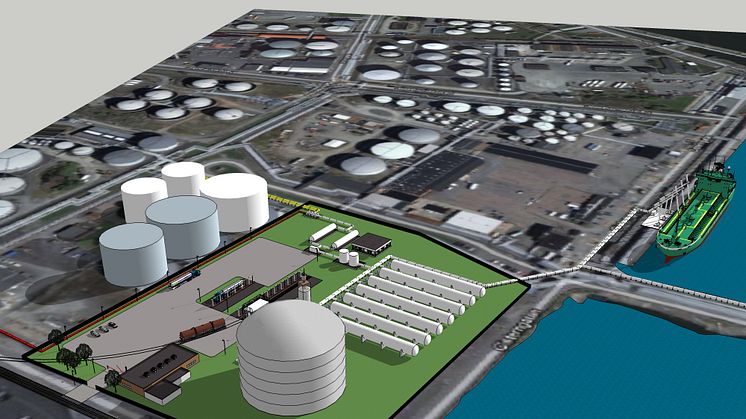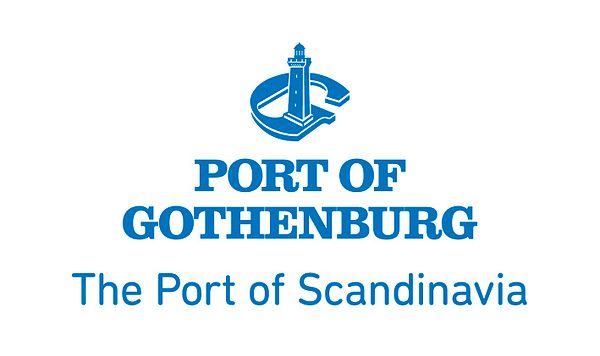
Press release -
Environmental permit granted for LNG terminal in Gothenburg
The County Administrative Board in Västra Götaland has granted Swedegas and Vopak LNG Holding a permit under the Environmental Code for an LNG – liquefied natural gas – terminal at the Energy Port in Gothenburg. The terminal will be capable of supplying shipping, industry and heavy transport with gas as fuel as they make the switch from oil.
"We are currently in the process of clearing the area at the port and having secured the environmental permit we can now move into the next development stage of the project," said Lars Gustafsson, President of Swedegas.
The permit comes into effect immediately and covers LNG storage of up to 33,000 cubic metres and the handling of up to 500,000 tonnes of LNG each year.
"It is gratifying to know that we had the entire environmental impact assessment approved. We have met with considerable interest and involvement from all parties concerned," said Lars Gustafsson.
The liquefied natural gas will arrive at the Port of Gothenburg by sea. It will then be discharged at the quayside and transferred to road tankers or rail trucks for onward distribution, mainly to industrial facilities throughout the country. It will also be possible for ships to bunker LNG as fuel. In time, the terminal will have the capacity to supply the existing gas grid with gas.
The terminal will be constructed in collaboration with the Port of Gothenburg, which will invest in the port infrastructure. The LNG Terminal in Gothenburg is also part of a project being run together with Port of Rotterdam and Gasunie to create an efficient LNG infrastructure between Sweden and the Netherlands. The common project, LNG Rotterdam Gothenburg is co-financed by the European Union´s TEN-T programme.
Environmental impact
There are considerableenvironmental benefits to be gained from using LNG in shipping, industry and heavy transport instead of oil-based fuels. Sulphur and particle emissions are reduced to almost zero, nitrogen emissions by 85-90 per cent and carbon dioxide emissions by 25 per cent.
For further information, please contact Saila Horttanainen, Vice President, Corporate Communications, Swedegas AB, +46 (0)70-622 76 06, or Cecilia Carlsson, Corporate Communications Manager, Port of Gothenburg, +46 (0)70 508 66 32.
Fact file: LNG.
LNG is natural gas – mostly methane – that is cooled down to -162°C and converted temporarily into liquid form. This means it takes up 600 times less space and it can be transported efficiently using sea, rail and road tankers. During combustion, emissions of carbon dioxide and nitric oxide are lower compared with oil-fired operation. Sulphur and particle emissions are considerably lower. LNG is colourless, non-toxic and has no smell.
Topics
Categories
Fact file: Port of Gothenburg
The Port of Gothenburg is the largest port in the Nordic region with 11,000 visits by vessels each year. One-third of Swedish foreign trade passes through the Port of Gothenburg as well as 60 per cent of all container traffic.
The Port of Gothenburg is the only port in Sweden with the capacity to receive the world's largest container vessels and has the broadest range of shipping routes within and outside Europe. The 25 rail shuttles that depart each day mean that companies throughout Sweden and Norway have a direct, environmentally smart link to the largest port in the Nordic region. The Port of Gothenburg has terminals for oil, cars, ro-ro, containers and passengers.

